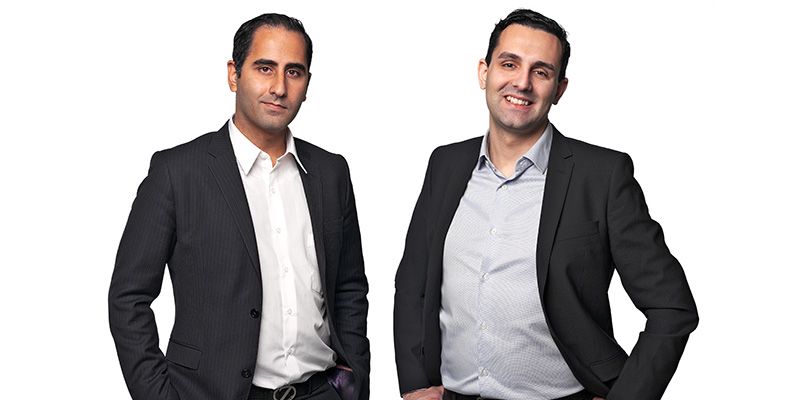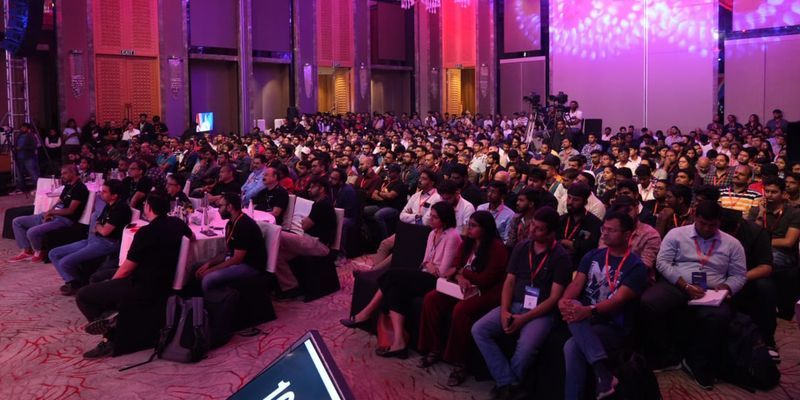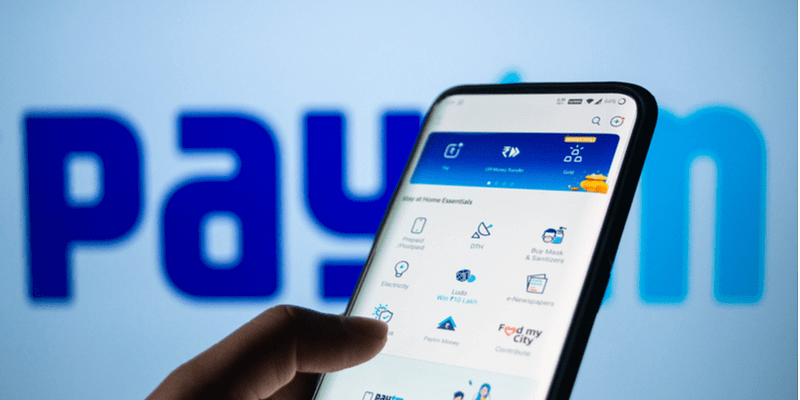How Truecaller went on to become world’s largest verified mobile phone community
What started with sharing smartphone experiences way back in 2003 for Alan and Nami, subsequently resulted in a permanent solution for perennial problems related to spam calls.
Alan Mamedi and Nami Zarringhalam, graduates from KTH Royal Institute of Technology, Sweden batch of 2006, were both cell phone geeks and often shared their smartphone experiences with each other, wondering “what next with the device?” Even today they can relay those conversations as if it only happened recently. We caught up with the successful, yet humble duo over a telecon to trace their journey of starting their venture Truecaller. “One day while getting piqued by repeated calls from unknown numbers, the idea of coming up with a solution for such regular distractions dawned on us and this is how Truecaller was born in early 2009,” says Nami Zarringhalam, Co-founder and Chief Strategy Officer of Truecaller, while talking about the early days of the application. Initially, they made an application which gave them names of all the people who were calling them. They published this for a small closed group before putting it online for the public. Within the first week of its online release, Truecaller attracted almost 10K downloads, instilling a great deal of confidence, and motivating them to move ahead.

Alan, who now looks at product development and innovation, was an equal partner in creating this wonderful product, which took users by storm as soon as it hit the app stores. When asked about the concept, he says, “Behind every phone number there is a person, and behind every person, there is a lot of information. There are tons of possibilities for innovation which can be built on this simple information.”
According to him, “Truecaller gives users the true identity of a caller and ably boasts of being the world’s largest verified mobile phone community so far. It gives the user the facility of knowing the caller even if the name is not saved in their phonebook and also allows them to block spam calls. So if someone gets a missed call from a number they cannot identify, they can search on the Truecaller app or its website to see the owner of that number.”
Empowering the user with verified information about the caller and giving them the freedom of choice for taking or declining a call, is the main reason why this app stands tall against stiff competition today. Additionally, users can block a number they consider as spam, and when enough Truecaller users mark it as spam, it automatically becomes a part of the Top Spam List. Cutting the long story short, each Truecaller user helps the app become more powerful and enhances the community’s list of verified mobile numbers, hence, replacing the age-old phone directories.
While this sounds perfect, the cherry on the cake is that the database is constantly evolving and the product is community driven where it adds or updates its directory when a user provides information. “Truecaller is completely a permission-based service and its functions are designed to suit the user’s needs without affecting their privacy,” adds Alan Mamedi, Co-founder and CEO, Truecaller.
Indian at heart
While Truecaller is headquartered in Sweden, the application has its largest set of users in India. Globally, Truecaller has over 45 million users. However, more than half of it, 25 million users, are from India which makes India an attractive destination for both Alan and Nami. Owing to the sheer market size India has to offer, they had targeted the country right from the inception of Truecaller. The vast market size and faith of early adopters did not disappoint them, and today, both Alan and Nami take pride in highlighting India as the biggest market for their application. While talking about further growth, Alan says, “In India, two-third of the growth would be from major cities. The growth would be backed by increasing penetration of smartphones, rising number of smaller startups, and increase in usage by telecom operators.”
Taking a giant leap ahead
Truecaller recently received an $18.8 million in new funding, led by Sequoia Capital India, giving it wings to soar higher. A part of this funding will be utilized by the company for expanding its user base in the country while also hiring more people in their India office.
Recently, Truecaller also partnered with micro blogging site Twitter in India to enable users to instantly tweet back to a missed call. “We will see more such partnerships in India. Alongside this, innovation is going to be one of our top most focus areas so as to keep Truecaller robust and up to date,” says Alan.
With the current user base at over 45 million, the founders are aiming to more than quadruple its global subscriber base to 200 million by December 2014. Apart from India, Truecaller expects mobile phone users in North America, Africa, Latin America and certain countries in Asia, including Indonesia, to add to the 200 million user target. At present, one in every four smartphone user has Truecaller, and this trend is expected to increase further.
Success mantra for other startups
An advice that the duo swears by for all startups is ‘users first’.
“Listen to your users and understand their needs, this will act as the driving force which will eventually make your product better,” says Nami while calling it as their learning of over four years of entrepreneurial journey. In fact, Truecaller is built on the fundamental principle of user-first only.










![[Weekly funding roundup] Venture investments into Indian startups begin on a muted note in November](https://images.yourstory.com/cs/2/f08163002d6c11e9aa979329348d4c3e/Weeklyimage-1577460362436.png)
